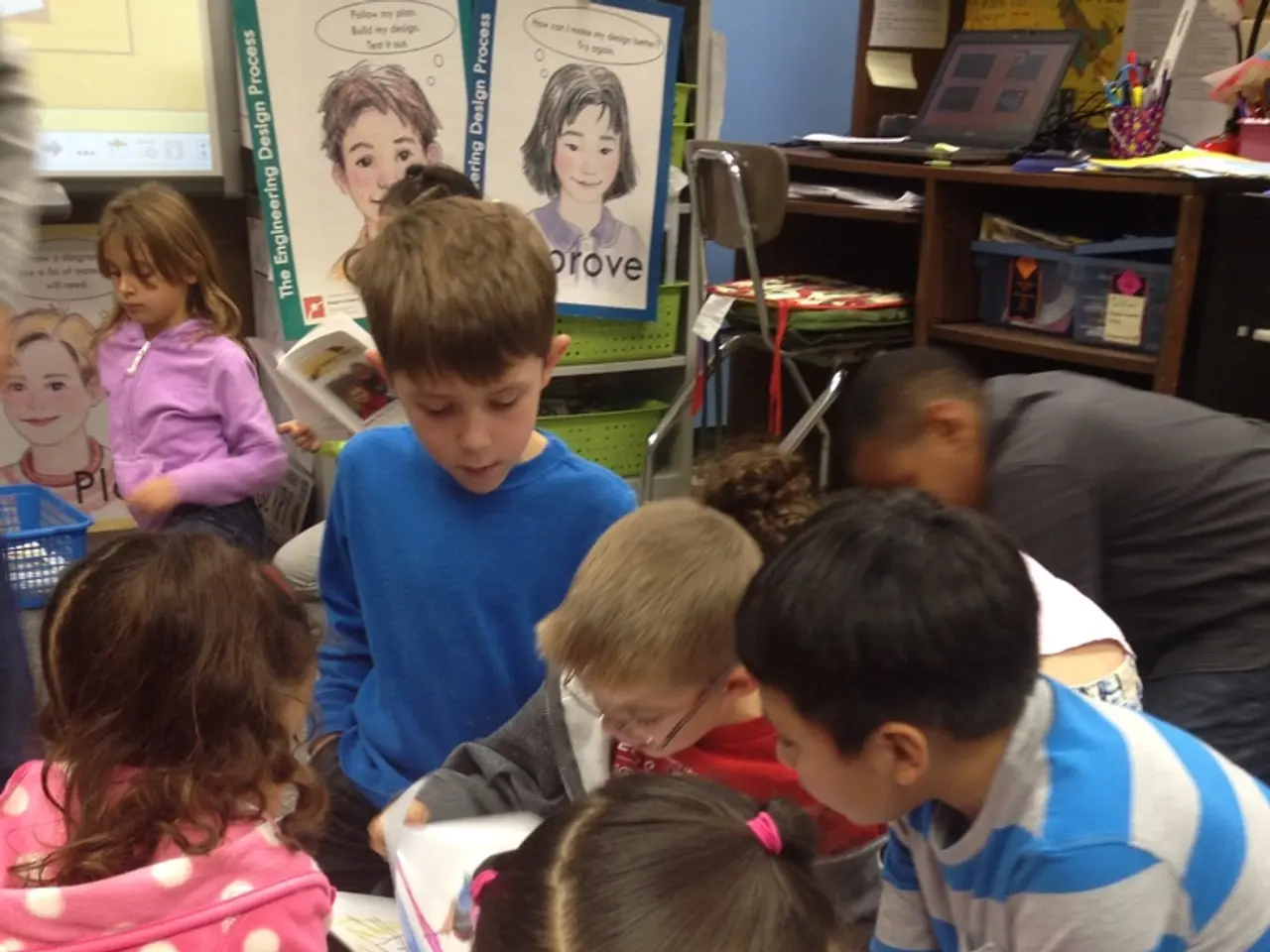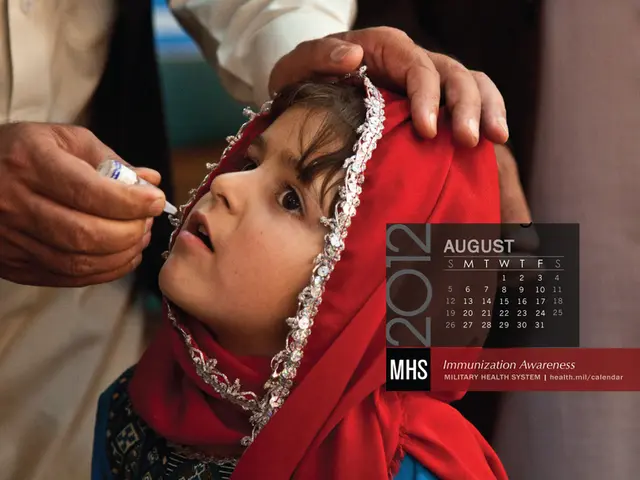Technology's Part in Child Care: Leveraging Devices for Education
In the modern world, educational apps and interactive platforms are transforming the landscape of learning, catering to diverse learning styles and igniting a passion for discovery in young minds. These dynamic gateways to knowledge offer personalized learning paths, progress tracking, and a vast array of subjects and activities, making learning more enjoyable and effective.
However, it's essential to strike a balance between technological innovations and traditional teaching methods to create a well-rounded educational environment for early childhood students. Here are some strategies to achieve this balance:
1. **Blended Learning Environments** Combining traditional teaching methods with modern technological tools creates blended learning environments. This approach allows teachers to focus on complex teaching tasks while leveraging technology for repetitive tasks, promoting both efficiency and human interaction.
2. **EdTech Integration** To integrate technology effectively, begin with a technology audit to identify gaps and opportunities in your current setup. Collaborate with specialists to select age-appropriate digital tools that align with curriculum goals. Introduce different digital resources throughout the year to maintain engagement and cover various learning domains.
3. **Maintain a Healthy Balance** Establish clear guidelines for technology use, ensuring a balance with traditional hands-on activities. This helps in preventing over-reliance on screens while still benefiting from technology's capabilities.
4. **Digital Storytelling and Reflection** Use tools like Shadow Puppet EDU to create digital stories with voice-narrated images. This supports multimodal communication and reflection while engaging children in technology-enhanced storytelling activities.
5. **Culturally Responsive Resources** Develop a resource library that is culturally responsive and inclusive, reflecting diverse perspectives and promoting empathy and engagement.
6. **Screen-Free Learning Promoted by Digital Media** Utilize digital media to encourage screen-free learning activities. This approach helps children engage in physical play and exploration while benefiting from digital prompts and planning tools.
7. **Project-Based Learning (PBL) with Play** Integrate project-based learning with play to support young students' development. This approach allows children to explore topics in a hands-on manner while incorporating technology where appropriate.
By implementing these strategies, educators can create a balanced educational setting that values both traditional methods and technological innovations, fostering a comprehensive learning experience for early childhood students.
It's crucial to manage screen time, balance digital engagement with other developmental activities, curate appropriate content, and strike the right balance between technological tools and hands-on learning experiences. Prioritizing engagement in offline activities during early childhood is crucial for comprehensive development. Outdoor play and sports contribute to gross and fine motor skill development, while face-to-face interactions build empathy, communication skills, and social awareness.
In the digital age, technology is revolutionizing childcare and education, offering unprecedented opportunities for young learners. However, it's essential to adhere to recommended screen time limits, such as restricting exposure to one hour per day for children aged 2 to 5 years, to ensure a healthy developmental balance. With the right balance, technology can serve as a powerful catalyst for creativity, improved emotional regulation, increased attention span, and a foundation in STEM subjects.
Early childhood education can be enhanced by integrating technology into preschool, using blended learning environments that combine traditional teaching methods with educational apps for personalized learning paths and progress tracking. Nevertheless, it's important to strike a balance between technology and lifestlyle choices, ensuring moderate screen time and maintaining a focus on offline activities like outdoor play, sports, and face-to-face interactions for comprehensive self-development, including gross and fine motor skill development, empathy building, and communication skills.




